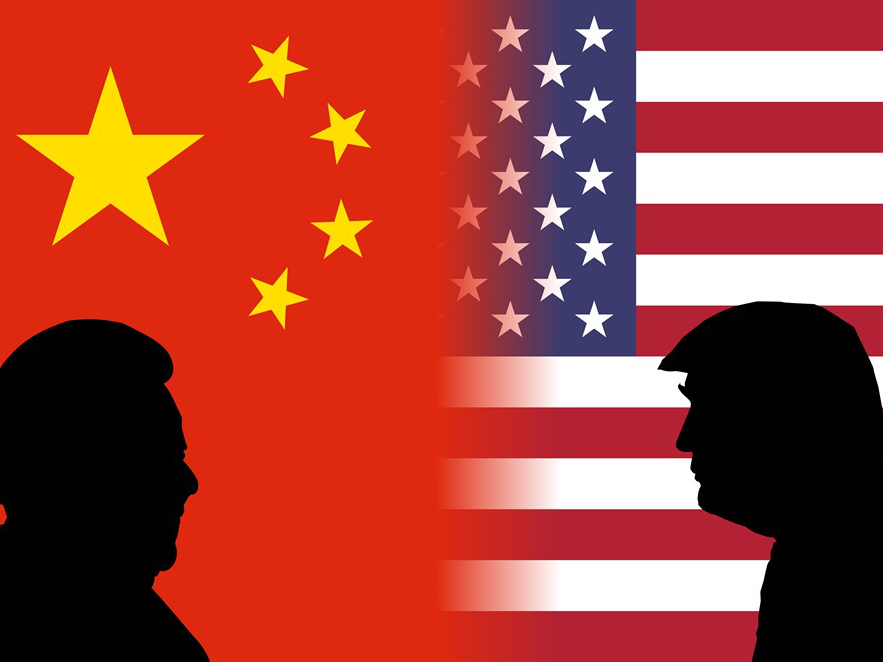Trade matters.
The long period of declining tariffs since the 1990 Uruguay Round has seen huge investment led growth in the developing world, the growth of integrated supply chains have played a major role in the development of emerging markets as an asset class. Arguably more than any single factor, the reduction in barriers to free trade has lifted billions out of poverty across the world.
But the mood music has definitively changed. World trade growth has been in decline since 2010, and with the election of President Trump in November 2016, appetite for further reductions in tariffs seemed to evaporate. Financial markets were slow to react to this change with EM equities and bonds soaring in 2017 as investors sought out the higher yields on offer.
2018 has brought a colder climate as rhetoric turns to action. Whilst it is too early to say exactly what the impact of the Sino American face off and a new NAFTA will be, the tide does seem to be on the turn. As always FX has led the way, with most EM currencies declining against the dollar this year.
Our view from the street remains balanced, and from the experience of our own portfolio companies and investment teams across our markets, the current negativity around EM feels perhaps as unjustified as the unbridled enthusiasm felt in 2017. We feel that our economies can and will broaden with increasing emphasis on quality of growth and productivity over simple increases in inputs. The urgency of investing in competitive infrastructure including power generation and distribution has risen. Logistics including
warehousing and efficient commercial property investments are in greater demand. Payments systems are evolving and growing along with the demand for better healthcare and education.
In this issue we have sought out expert opinion to help further our understanding of the complex forces at play. We include, for the first-time input from a non Actis
source. Dr Simon Ogus, CEO of DSG Asia (www.dsgasia.com) who is a highly experienced and respected economic commentator and who writes here about trade wars and Asia. The views are his own but we would broadly agree with the perspective he offers. We back this up with inputs from our various colleagues on the ground.
Nor do we ignore currencies, a key component of our risk management and investment decision making. The charts we include on where currencies stand today relative to long run fair value provide a clear picture of opportunity rather than over valued risk as was the case at the start of the year.






